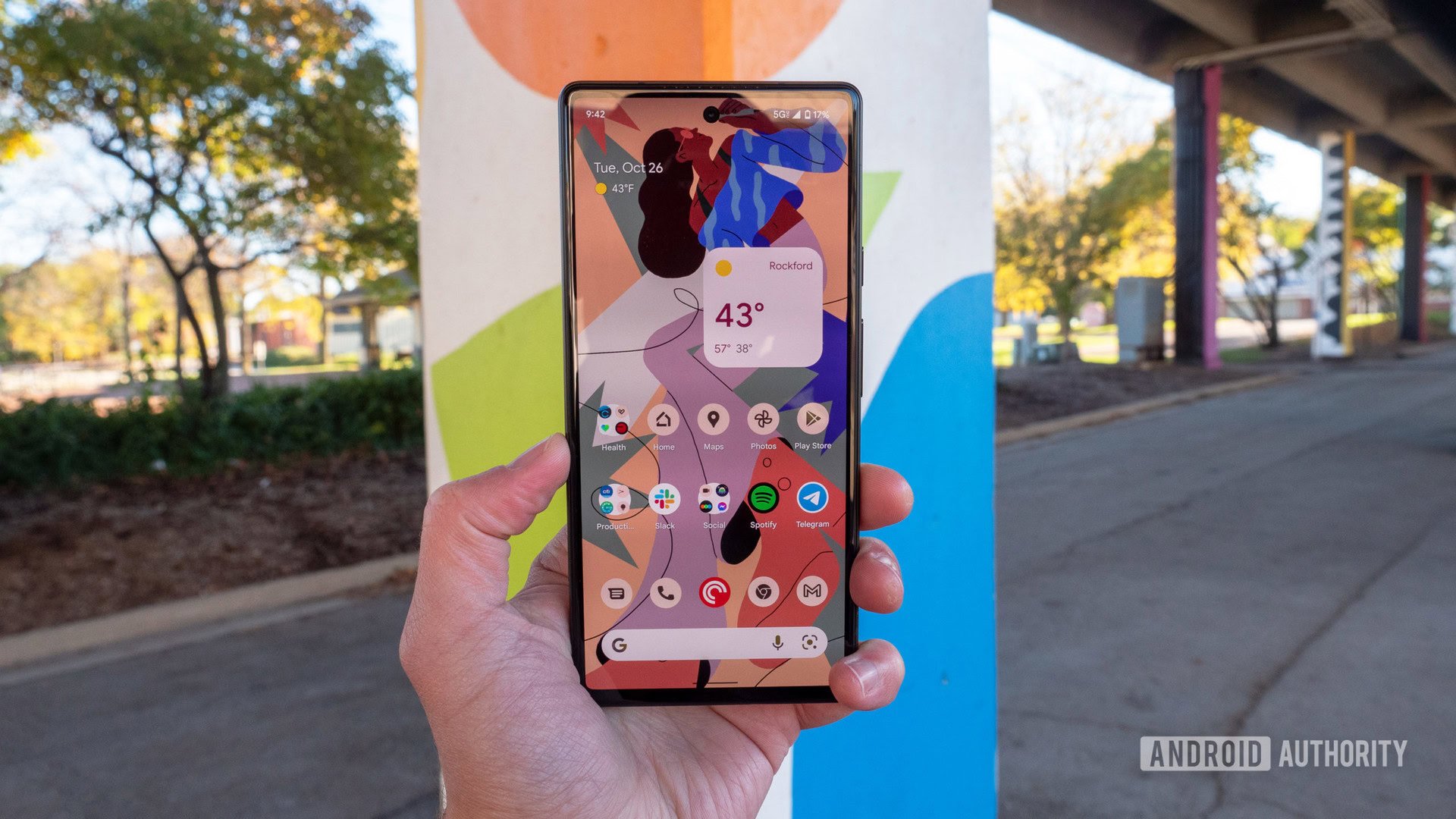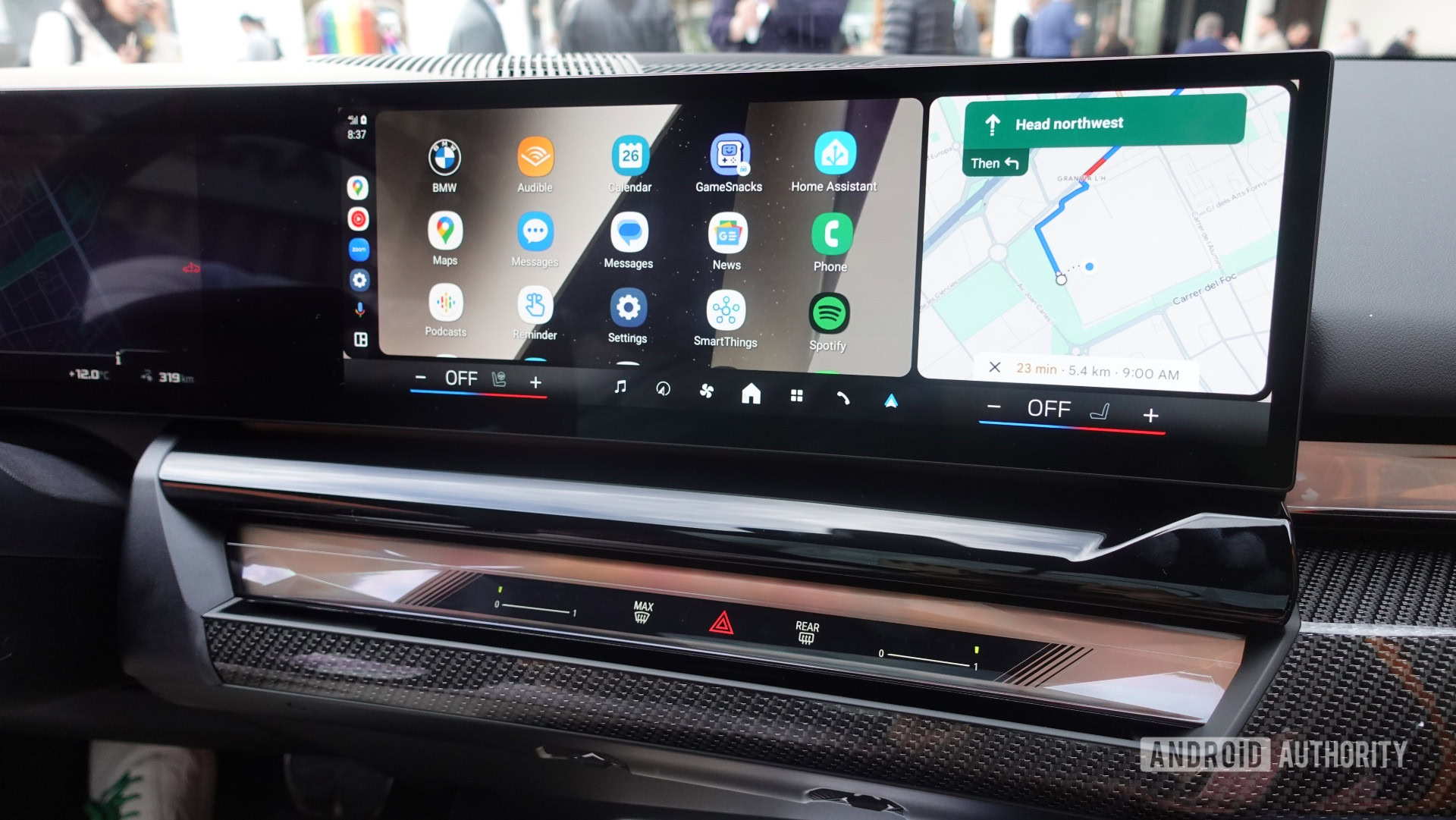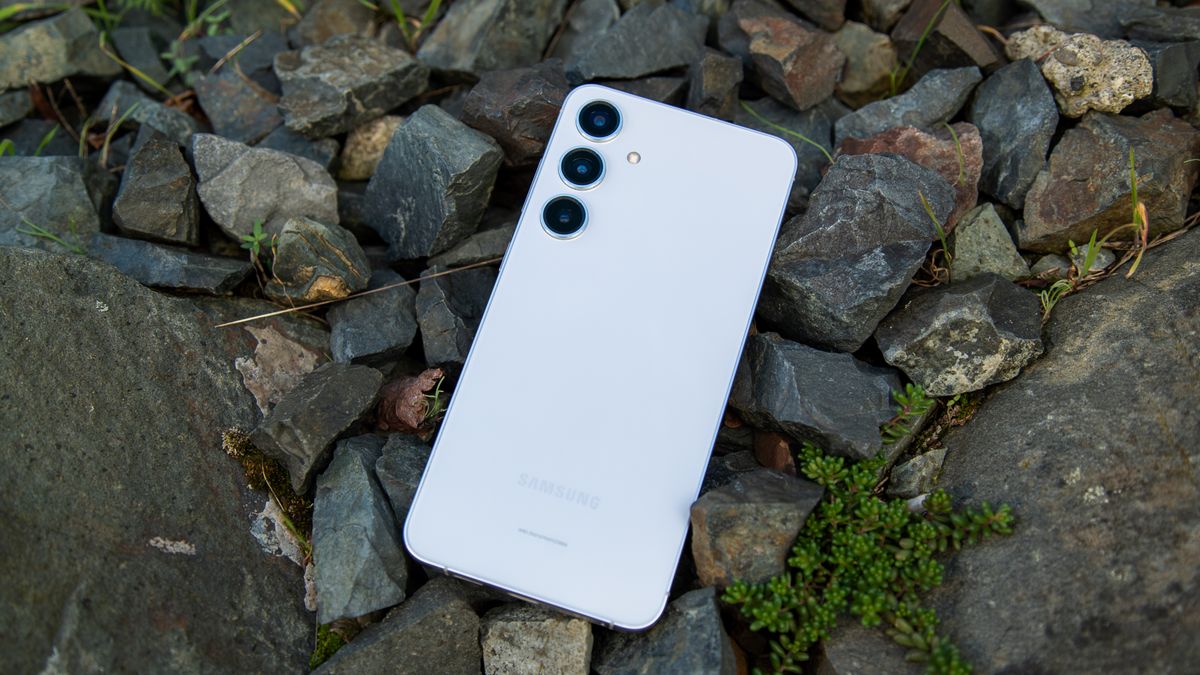
In a reflection on the evolution of stock Android since its inception, the journey has been marked by both commendable advancements and some less favorable changes that have sparked debate and sometimes frustration among its user base. As we delve deeper into the revisions that stirred controversy, it’s clear that not all changes have been welcomed with open arms by the Android community.
One of the more visible changes came with the introduction of Android 12, which saw a redesign of the quick settings menu. This adjustment enlarged the tiles, reducing the number visible on the screen at any given time to just four, a stark decrease from the eight or more that users were accustomed to. While a second swipe down reveals four additional tiles, the necessity of additional gestures to access what was previously more readily available has not sat well with users. Critics argue that, in pursuit of a fresh aesthetic, functionality was somewhat compromised, although this transition has been largely resisted by other Android manufacturers, maintaining a familiar user experience in their skins.
A contentious move in the Android ecosystem was Google’s decision to effectively drop microSD support with the Android 4.4 KitKat update, a move that limited read and write access on external storage, frustrating users reliant on removable storage for expanded memory. This decision was largely seen as a step backward, especially for those who valued expandable storage. However, Google somewhat backtracked with Android 6.0 Marshmallow, introducing adoptable storage which allowed for external and internal storage unification, alleviating some of the earlier criticism.
Further stirring the pot was the alteration of the power button’s functionality in Android 12. The update saw the traditional power menu replaced with a Google Assistant trigger, disrupting the intuitive nature of a long-established hardware function. This change was met with chagrin, as it necessitated a search for workarounds to perform the simple act of powering off the device. Despite the possibility to revert to traditional settings, the required navigation through multiple layers of the settings menu was viewed as unnecessary complication.
Another significant tweak with mixed reception was Android 12’s consolidation of Wi-Fi and mobile data toggles into a singular ‘Internet’ tile within the quick settings. While aimed at streamlining connectivity switching, this amalgamation introduced an extra step to toggle between Wi-Fi and mobile data, complicating what was previously a simpler, more direct action.
Scoped storage, introduced in Android 10 and enforced in 11, represented a fundamental shift in how apps access and manage storage, aimed at boosting security and privacy. However, its implementation led to compatibility issues with existing apps and inconveniences in data management, notably affecting apps requiring broad file system access such as file managers and backup tools.
The implementation of SafetyNet API, designed to verify device integrity, posed challenges for devices running custom ROMs, restricting access to essential apps and services that rely on passing SafetyNet checks. This has dampened the enthusiasm around custom ROMs, which have traditionally been a staple of the Android enthusiast community.
Through these changes, Google has on occasion demonstrated responsiveness to feedback, walking back or adjusting course in response to user experience. Each iteration of Android reflects a balance between innovation and the core tenets of user-friendliness and flexibility that have endeared the platform to a global user base. However, the ongoing dialogue between Google and its users underscores the fine line that must be walked in evolving an operating system in ways that fulfill both the vision of its creators and the practical expectations of its users.
Source








